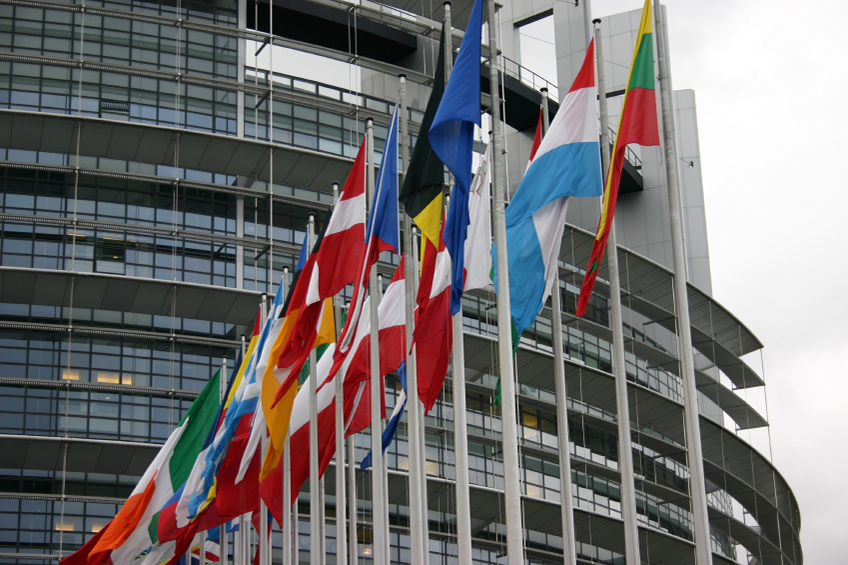Investing
The hurdles which could derail global equities

We take a look at the key risks which could impact rising global equity markets as we head into 2014.
Guy Monson, chief investment officer of thematic investment firm, Sarasin & Partners, has outlined a number of key risks which could impact the rising global equity markets as we head into next year, amid the well-flagged move by the US central bank to wind down quantitative easing.
Monson, a veteran investor who has managed a number of global equity portfolios at the group, said alongside the impact of the withdrawal of QE – the introduction of which boosted asset prices significantly – issues in Europe and emerging markets could hamper share prices.
While he believes there will be further increases in the equity markets as investors switch from bonds – which are seeing prices come down and yields rise thanks to central bank action – he said three areas were causing him some concern.
“Dividend growth, strong balance sheets and a modest revival in mergers and acquisitions still suggest to us that global equities can continue to prosper against a controlled rise in bond yields,” he said.
“However there are a number of key risks.”
Emerging market policy error:
Fresh all-time lows for the rupee, India’s biggest stock market slide in almost two years and surging local bond yields all seem a long way from the invincible BRIC growth story of 2010/11. They are all examples of EM policy challenges as costs rise (Brazilian inflation, for example, is forecast to reach 6.5% in 2013), and leverage and debt from previous stimulus programmes climb.
Policy error in responding to these challenges, accompanied by rising political uncertainty, implies caution on EM debt and currency despite recent falls.
Peripheral European debt following German elections:
Tentative signs of eurozone recovery are encouraging, but do little to help the fiscal challenges that remain for the peripheral economies. Of those eurozone economies which have accepted European bailouts, only Ireland looks set to formally leave the bailout programme. Portugal has seen debt-to-GDP rise to 124% of GDP and, Greek public debt is still expected to peak at a colossal 175% of GDP later this year.
The longer-term answer is clearly (further) debt forgiveness, on top of the lower interest rates and maturity extensions Europe has already agreed to. The political and market hurdles needed to achieve this will have to be faced after the German election on September 22nd. One of the consequences will be a much more aggressive timetable for privatisation, and structural reforms in Europe.
Oil prices and supply disruption:
Oil prices continue to rise, despite increasing shale production, slower Chinese and EM growth, and even, perhaps, a less hawkish Iranian government. While political turmoil in Egypt is a threat to longer-term stability, the key issue has been supply disruption.
Nigeria, Libya and Sudan have all seen transit, theft and port issues, in total – according to the FT – representing almost 4% of global demand (a 10-year high). Combined with Iranian sanctions, this has resulted in a sharp fall in OECD inventories, and Brent Crude prices over $110.
While the risks are clear and present, and market volatility may rise as the US cuts back its support programme, Monson said it need not undermine a continued re-rating of global equities.
He said: “The risks of a further bond sell-off are clear, alongside growing evidence of EM stagflation and stubbornly high oil prices, but global equities appear to remain the best way to ‘keep one’s head on one’s shoulders’.”